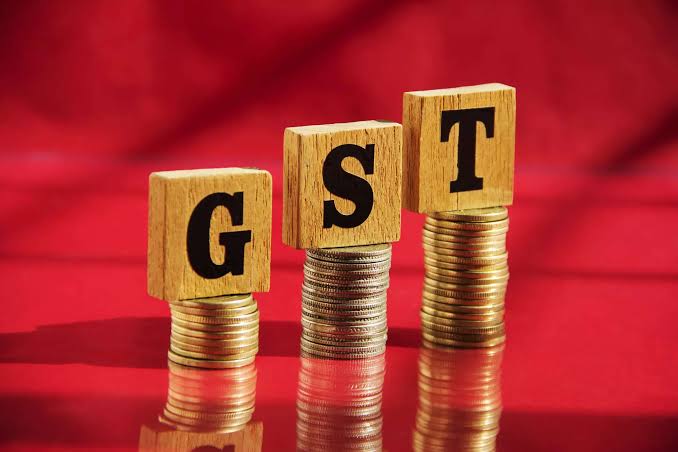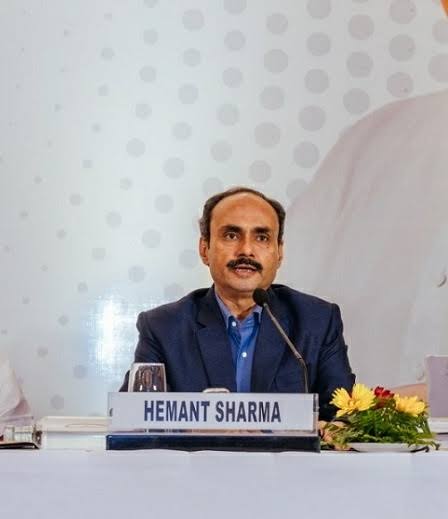Economists Warn GST Cuts Could Widen Revenue Loss to ₹2 Lakh Crore

Economists argue real revenue hit could reach double the Finance Ministry’s figure.
Bhubaneswar : The Union Finance Ministry has projected that the recent restructuring of Goods and Services Tax (GST) rates will lead to revenue losses of around ₹48,000 crore. However, several economists and research firms have challenged this estimate, suggesting the shortfall could range between ₹1.5 lakh crore and ₹2 lakh crore.
According to the Ministry’s assessment, the total revenue loss will amount to ₹93,000 crore. But since certain items earlier taxed at 28 percent are now placed under a new 40 percent slab, the government expects an additional gain of ₹45,000 crore, bringing the net revenue loss down to ₹48,000 crore. This calculation, based on expenditure patterns from the 2023–24 fiscal year, has been described as “overly optimistic” by policy experts.
Former Finance Secretary Subhash Chandra Garg said that if the same formula is applied to projected spending in 2025–26, the estimated loss of ₹93,000 crore could actually rise to nearly ₹1.1 lakh crore. He further pointed out that the government will also lose revenue from the GST compensation cess, which previously contributed about ₹1.4 lakh crore annually. Even with additional revenue of around ₹50,000 crore expected from the 40 percent slab, the overall shortfall could be close to ₹2 lakh crore.
Reports by global research firms including MK Global, HSBC, and Bernstein also dispute the Ministry’s projections. They argue that once the new GST structure is fully operational, India could face revenue losses of at least ₹1.5 lakh crore. Bernstein Research highlighted that merging goods from the 12 percent slab into the 5 percent category alone could wipe out ₹79,600 crore in revenue. Similarly, eliminating the 28 percent slab could cost another ₹1.12 lakh crore. On the other hand, moving some items from the 12 percent slab to 18 percent would generate about ₹700 crore in additional income, while taxing luxury and harmful goods at 40 percent could bring in around ₹15,000 crore. Overall, both the Centre and states are likely to face a combined net loss of about ₹1.57 lakh crore annually.
HSBC’s estimates suggest that in just six months, the net revenue loss could already reach ₹57,000 crore.
IDFC First Bank’s Chief Economist Gaur Sen Gupta has put the expected impact at around ₹95,000 crore. He noted that the GST Council, in its 56th meeting held earlier this month, reduced taxes on several items while also removing the 12 and 28 percent slabs altogether. At the same time, the compensation cess has been discontinued. Under the new system, luxury and harmful goods will attract 40 percent GST, while most other goods will fall under either the 5 percent or 18 percent categories.
The GST, introduced in July 2017, was hailed as India’s biggest tax reform, replacing a complex web of indirect taxes. After nearly eight years, the current restructuring marks the most significant overhaul of the system. The revised GST framework will come into effect from September 22, 2025.
While the government remains hopeful that higher rates on luxury items will offset some losses, economists caution that the scale of the shortfall could put additional pressure on both central and state finances, potentially impacting spending on welfare schemes and infrastructure projects.








